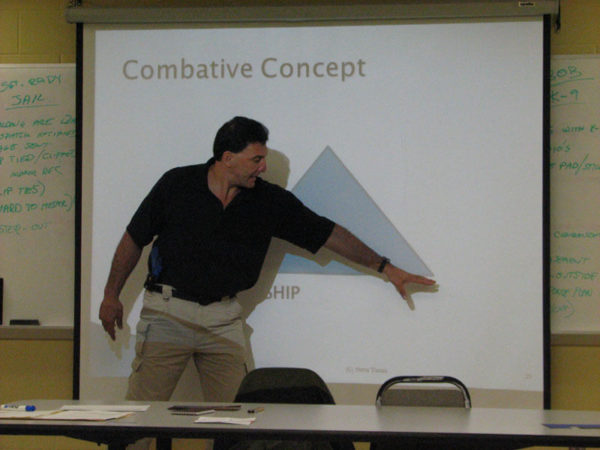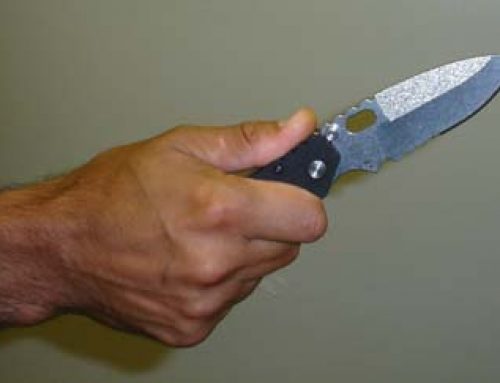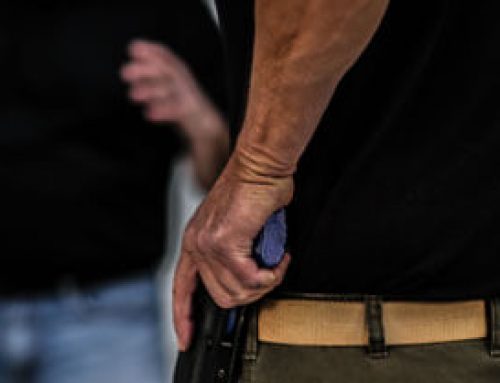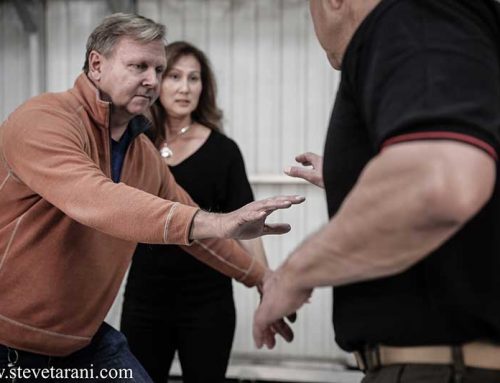Finding yourself right smack in the middle of harm’s way can give pause even to the hardest of the hard. However, chance favors the prepared. Ask any real-world tier-one operator about preparation, and he will tell you that one of the most effective tactics in your personal defense arsenal is consistency.
Hailing from the operational world, none other than the granddaddy of soft skills – situational awareness – should remain paramount in your preparedness repertoire. Utilized more than any other soft skill, or hard skill for that matter, situational awareness is a staple to the seasoned operator.
Compare the last time you employed your situational awareness (SA) versus your firearm in a real-world scenario. The number of times you employ SA far outweighs the number of times you go to guns in a day, a month, a year, or a lifetime. Only by continual practice can you build that consistency over time. As useful as it is, the more you use it the more comfortable you will be using it the less effort it takes to employ.
When it comes to hardware, you may want to consider which every day carry (EDC) tools best fit your personal profile. Best case scenario, your operational environment allows you handgun carry. If this is the case, then you would need a comfortable, quality holster at least one spare magazine and a magazine pouch. The position on your body that this lifesaving equipment is carried should remain consistent.
In other words, don’t carry your blaster on your hip one day and then appendix one day or change the position of your spare magazine(s). If you carry inside the waste band (IWB) appendix with a spare mag, then those same carry locations should remain consistent every time you strap them on.
Another important piece of gear, with or without a firearm, is a flashlight. It gets dark every single day. You could be in a building in the middle of the day and the power goes out, or you may need to go through a closet, attic or basement with low or no ambient light.
Working on a protective services assignment, I was attached to a detail in charge of protecting a high-profile VIP at an equally high-profile televised event. Our team was directed to a holding area with several other protective teams including their protectees.
Three protection teams, with their respective VIPs were moved to behind the filming stage in waiting for their entrance que. On the televised side of the stage it was brightly lit, but behind the stage curtain it was pitch black. Of all three teams not one protective agent had a flashlight on them except for me. Flicking on my EDC hand-held flashlight I said, “Please watch your step Sir,” as I directed our protectee up the backstage steps. The other teams flocked to my light like moths to a flame. Lesson learned: carry a flashlight and carry it in the same place every time so you can quickly access it without looking – again consistency reigns.
Carry your gun in the same position, your knife, your magazines, a pen, your glasses, flashlight, your cell phone, your first aid kit, and/ or any medications, all in the same location on your limited personal real estate.
Extend this consistency practice to your personal training when you go to the range. Your eye and ear protection, sun screen, cleaning kit, and the like, should always be in the same place so even at night, in complete darkness you can find what you’re looking for without wasting any time.
Carrying the same gear and in the same location every time ensures that you can get to it in complete darkness, in thick smoke, during a sandstorm (don’t think just the Middle East – there are places the likes of TX, NM and AZ, where dust devils can impair your vision in broad daylight). The same applies to sleet, snow, and other natural or man-made causes of visual impairment. Consistency remains the “A” answer.
Once you build consistency into your operational profile, like anything else, you can come to rely on it. What this can guarantee is, when you move your hand to that pocket, or that area on your body under duress and expect to find certain kit, there it will be waiting for you, accessible, available, when you need it – on demand.
When you train presenting your firearm, you practice clearing your cover garment(s), defeating any holster retention devices and developing your draw stroke so that one day should you need it, that consistency will pay dividends on time invested. The same applies to reaching for that spare magazine, or pocket knife, or flashlight, all very useful EDC items. You purchased them because you need them – helpful tools for when the time comes. If you need one of them, there it is, right where you put it, ensuring accessibility and rapid deployment. You know you can rely on them, where they are, and that you can get to them in a timely manner. You are guaranteed this reliability, because you run your gear knowing that consistency is king






